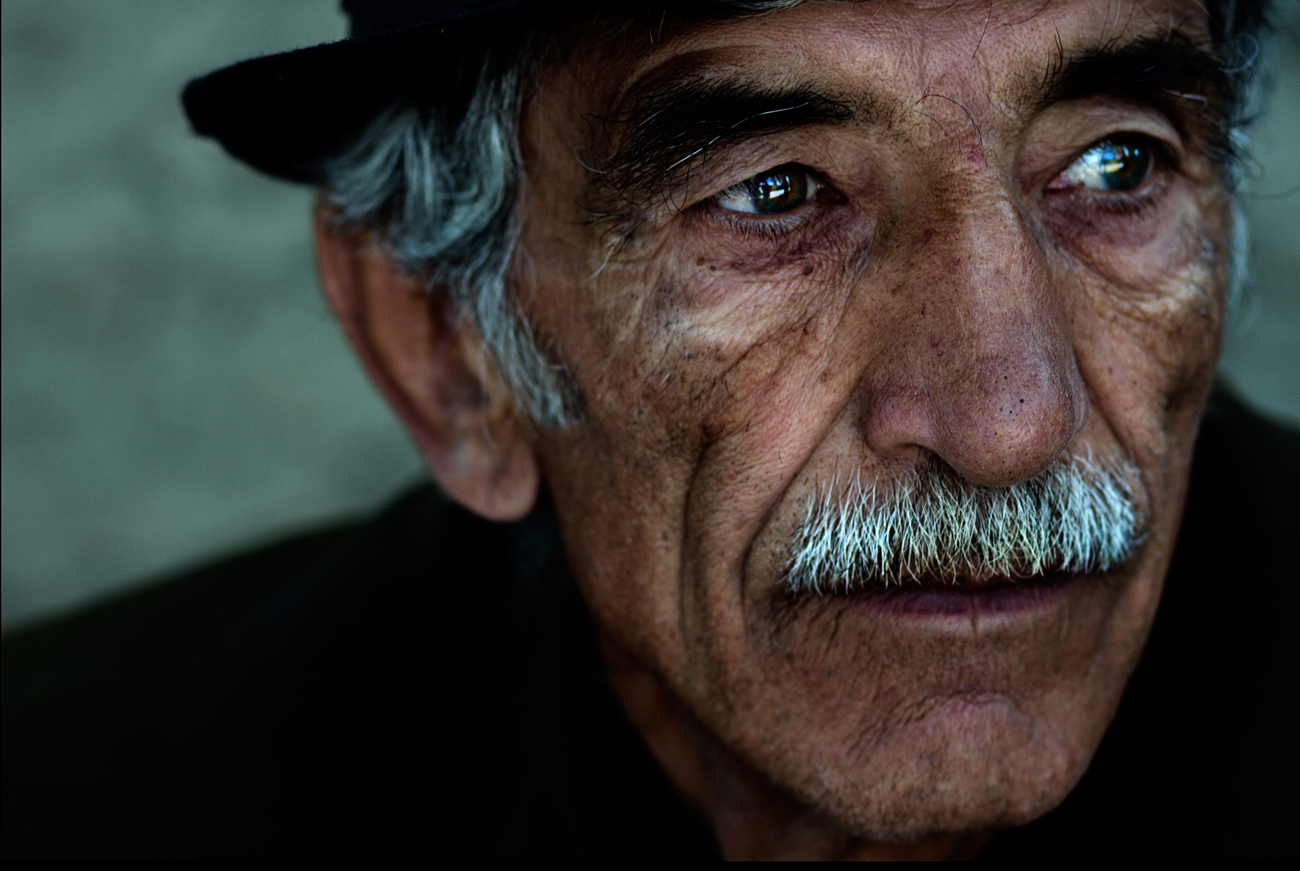Lighting in Portraits: How to Capture the Perfect Glow

Introduction
Photographers can capture the spirit and personality of their clients through the engaging art form of portraiture. A valuable skill to have, whether you’re a hobbyist or a professional photographer, is the ability to take appealing portraits. To assist you in producing gorgeous photographs that make an impression, we’ll explore the realm of portrait photography in this guide. These guidelines apply to all types of equipment, whether you’re using a high-end DSLR or a smartphone.
- Knowledge of Your Subject
Knowing your subject is the first step to taking memorable portrait photos. If you’re taking pictures of friends, relatives, or clients, try to get to know them and discover their personalities, interests, and preferences. You can adjust your strategy to capture their authentic essence with the use of this knowledge.
Selecting the Correct Equipment
Although high-end camera equipment can yield excellent results, it is not necessary for superb portrait photography. By understanding composition and lighting, you can take beautiful photos even with a cheap camera or smartphone. However, if you’re considering investing, take into account the following:
- DSLR or mirrorless camera with manual settings gives you more artistic freedom.
- Lenses: A prime lens with a large aperture, such as a 50mm f/1.8 lens, is perfect for portrait photography because it creates stunning background blur (bokeh).
- A tripod: A steady base reduces camera shake, especially in dim lighting.

- Developing a Relationship
Genuine portrait photography requires developing a relationship with your subject. Throughout the photo shoot, keep lines of communication open, make them feel at ease, and be respectful. A subject that is at ease is more likely to show their actual self.
- Taking candid photos
While posed portraits are lovely, remember to record candid moments as well. These sincere gestures frequently communicate feelings and genuineness the best. When your subject is naturally at ease, participating in an activity or a discussion, be prepared to take pictures.
- Getting Motivated
Look for inspiration from other photographers, both past and present, to keep refining your portrait photography techniques. To comprehend their tactics and ways of conveying stories, study their work. To broaden your creative horizons, go to workshops, read photography books, and experiment with other genres.
Conclusion
A diverse art form, portrait photography blends technical mastery with artistic expression. Understanding your subjects, mastering composition and lighting, honing your posing techniques, and honing your post-processing abilities are all necessary to become an expert in this field. The most crucial thing to keep in mind is that the difference between a mediocre and outstanding portrait is how well you connect with your subject and capture their unique character. So grab your camera, put these methods into practice, and set out on a quest to take interesting and unforgettable portrait photos.



